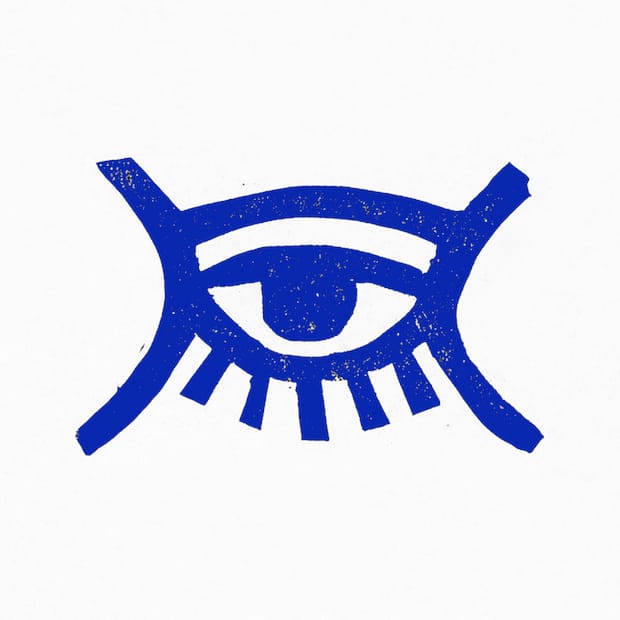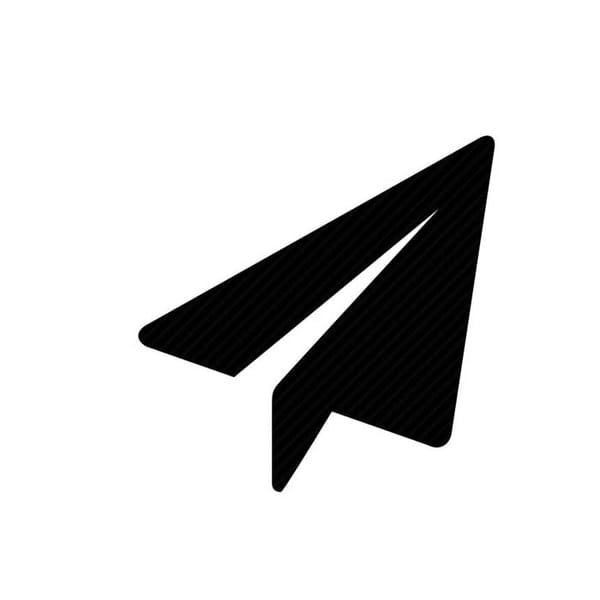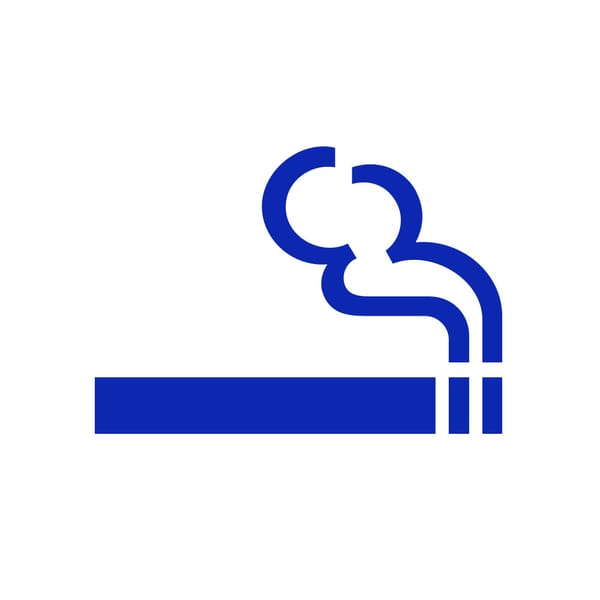Planning Unit’s James Le Beau-Morley looks to the Akan people of West Africa to discover an alphabet of symbols that convey traditional wisdom. Adinkra symbols were created by the Akan people of the areas now known as Ivory coast and Ghana. They are said to date back as far as the Nineteenth Century or earlier. Adinkra communicates sentiment and wisdoms such as ‘love’ and ‘unity’. They are represented through abstract and literal symbols like combs, siamese crocodiles and handcuffs.
Adinkra symbols were traditionally seen on cloth worn for ceremonial occasions. The symbols have been appropriated by designers and artists alike and can be seen in architecture and interior design.
What first intrigued me about these symbols was the use of grids and hand crafted nature of their use in textiles. I first discovered them while exploring brand development for AMWA Designs, an organisation that specialises in using Adinkra for contemporary homeware goods. These traditional printing methods inspired the look of the brand. They were particularly interested in how the symbols serve as a decorative function, but also convey traditional wisdoms.
What really grabbed my attention was the way these symbols were applied as patterns to textiles. Traditional techniques include creating a grid by using a comb dipped in ink, made from the bark of a local tree ‘Badie duru’. This is then drawn across the cloth and forms the structure of the pattern. The symbols are also hand-carved into calabash (a type of gourd) and become stamps for printing. They are printed in repeat parallels and in symmetry. Part of the beauty of the symbols and patterns they are used to create is the honesty of the human hand in comparison to machine-like precision.
To those literate in Adinkra, there is value in the messages of these cloths. They escape the complexity of oral language and provide proverbial wisdom that serves as a practical guide for humanity. It makes me wonder how forerunners of Adinkra went about creating a graphic form for these meanings. What kind of process must they have gone through? Perhaps intuition played a large part in their creation. I enjoy the idea of Adinkra communicating beyond the obvious, offering more through interpretation, contemplation and ultimately inspiration.
planningunit.co.uk
Planning Unit
…is a London-based design studio that was established in 2011 and named after founder Nick Hand’s grandfather’s design studio of the same name. Since launching, they’ve worked on some high calibre projects, including developing a huge suite of icons for the BBC’s digital platforms, designing the D&AD 50 Book and creating artwork for cutting-edge electronic music label Planet Mu.
Akan Goldweights
Adinkra is not the only exceptional form of communication to stem from the Akan people. As well as jewellery and weaving, narratives and philosophical ideas are also conveyed in Akan goldweights, a copper, bronze or brass weight cast using a method called lost-wax technique. In practical terms the forms were used as counterbalances on scales for transactions using gold, but often depict scenes to celebrate social or historical events, the local flora and fauna or religious ideas.
October 30, 2014 2 minutes read
Hidden Meaning
Planning Unit’s James Le Beau-Morley looks to the Akan people of West Africa to discover an alphabet of symbols that convey traditional wisdom.






